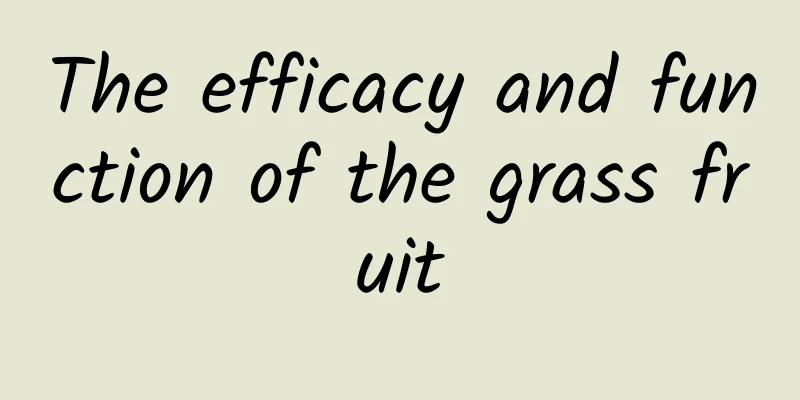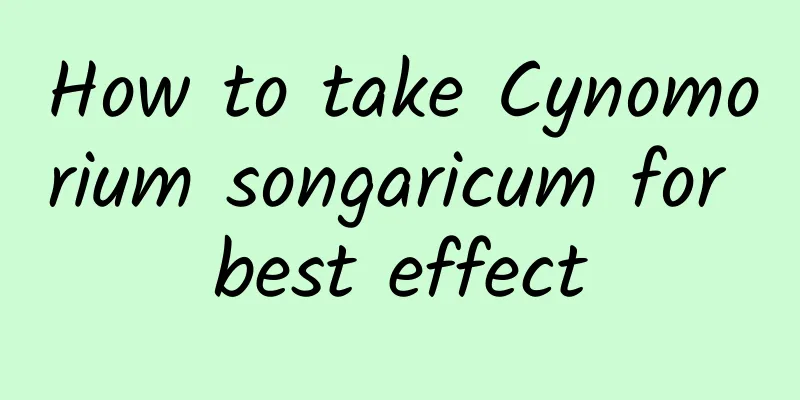Taboos of Litsea cubeba root

|
The root of Litsea cubeba is also called mountain fragrant seed, mountain pepper, etc. It is produced in abundance in southern my country, especially in Hunan and Fujian provinces. The whole body of Litsea cubeba is a treasure. Its fruit can be used to extract essential oil, and its leaves can be crushed and used as medicine. The root of Litsea cubeba is a particularly good Chinese medicinal material. It can be boiled in water to treat diseases such as rheumatism, bone pain, and contusions. However, there are some taboos in eating Litsea cubeba root. Let’s learn about them together. 1. Litsea cubeba has the effects of warming the middle and dispersing cold, regulating qi and relieving pain. It can be used for hiccups, vomiting, abdominal pain and other symptoms caused by stomach cold. It can also be used for abdominal pain caused by cold hernia, urinary difficulties caused by cold syndrome, and turbid urine caused by cold and dampness in children. It can also treat colds, coughs, asthma, indigestion and other symptoms. Mashing the leaves of Litsea cubeba and applying them externally can treat carbuncle, boil, swelling and pain; boiling the roots of Litsea cubeba in water for hot compress or hot soaking can treat rheumatic bone pain, numbness of the limbs, low back and leg diseases and bruises. Litsea cubeba oil can also be used as raw material for synthesizing vitamins E, K, A, etc. to exert its role in medicine. Due to the unique role of Litsea cubeba oil in treating diseases, it is currently a hot topic in clinical research. In addition, Litsea cubeba also has anti-asthmatic, anti-allergic, anti-arrhythmic, anti-thrombotic, antibacterial, antiviral and anti-trichomoniasis effects. But if used in excess, it may cause poisoning. 2. Litsea cubeba has the effects of regulating Qi, dispersing stagnation, detoxifying, reducing swelling and stopping bleeding. It is mainly used to treat carbuncle swelling and pain, snake and insect bites, trauma hemostasis, and lower limb edema. It is not recommended to drink as tea. Not recommended for elderly people. Vegetable oil for one person only. 3. The flowers, leaves and peels of Litsea cubeba are mainly used to extract the raw materials of citral, which is used for pharmaceutical products and the preparation of flavors, etc. For example, citral is the raw material for synthesizing ionone and vitamin A. The seeds contain about 40% oil, which is used industrially. The whole plant can be used as medicine, which has the effects of dispelling wind, dispersing cold, regulating qi and relieving pain. It is mainly used to treat colds or prevent colds. The fruit is used as medicine, called "Bichengqie", which can treat stomach cold pain and schistosomiasis. The fruit and flower buds can be directly used as raw materials for pickles. |
<<: Chinese patent medicine for removing cold and dampness
>>: What are the benefits of drinking Artemisia capillaris soaked in water?
Recommend
The efficacy and function of citron leaves
Citron leaf is a traditional Chinese medicine. Th...
The efficacy and role of disinfectants
Do you know what disinfectant is? If you know, do...
What are the medicinal values of mustard?
Shepherd's purse is a very common vegetable, ...
Angelica root for hair loss
Nowadays, people live under great pressure and ar...
The differences between 7 types of commonly used oral hypoglycemic drugs are summarized and recommended for collection!
Type 2 diabetes is a common chronic disease that ...
Three-legged frogs? There are plenty!
In the mid-1990s, a child at New Country School i...
What are the effects and functions of citrus?
In real life, citrus fruits are evergreen trees, ...
The best ratio of Panax notoginseng, Salvia miltiorrhiza and Hawthorn
Panax notoginseng is a top-grade health care prod...
What is Psoralea corylifolia?
Today's living conditions are getting better ...
Effects and functions of Liaoshen
The difference between sea cucumber and Liao cucu...
Tips for Spring Cleaning: Cleanliness ≠ Health
The cups are toasted to welcome the new year, and...
The efficacy and function of hard water coptis root
Traditional Chinese medicine has a history of tho...
Light soy sauce, dark soy sauce, chicken essence and MSG...what are the differences between various seasonings?
Mixed Knowledge Specially designed to cure confus...
The efficacy and function of Imbricata root
Imperata cylindrica, also known as thatch, white ...
Industrial or craft beer? Look for these two points to easily buy cheap and good beer
In the hot summer, besides air conditioning and w...









